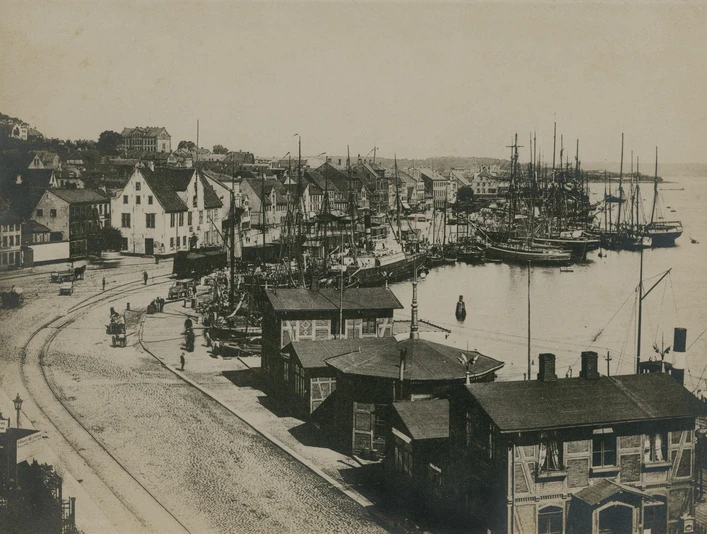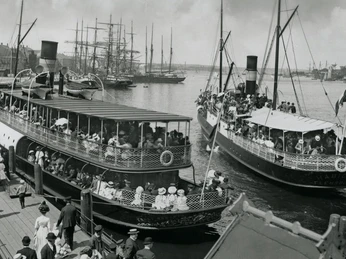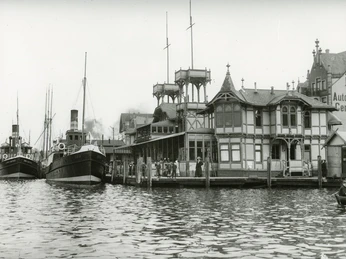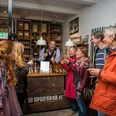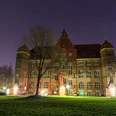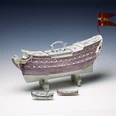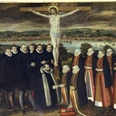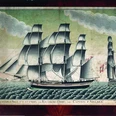Alter Schiffbrückplatz (Old Ship's Landing Stage)
With the advent of steam navigation, passenger shipping was also introduced on the Flensburg Fjord. The merchant Friedrich Mommse Bruhn, born in Gravenstein in 1832, took Hamburg's Alster steamboat service as a model and founded a company for local passenger transport in 1865. A first steamboat, the SEEMÖWE, was commissioned by a Hamburg shipyard.
At that time, the villages along the fjord could only be reached by horse and cart. The sea route shortened the journeys, so that this new scheduled passenger service, named ”Flensburg-Ekensunder-Dampfschiffahrts-Gesellschaft”, was a success.
In the course of the next decades, the fleet was enlarged: in 1897, the "Vereinigte Flensburg-Ekensunder und Sonderburger Dampfschiffs Gesellschaft" (United Flensburg-Ekensunder and Sonderburg Steamship Company), popularly known as the "Vereinigte" (United), was formed by merging with a rival company in Sonderburg, Denmark.
Several stations had been built along the fjord, especially as excursion traffic increased, mostly on Sundays. Bathing establishments, restaurants and modern hotels were built along the waterside, for example in Glücksburg and Gravenstein. But the volume of freight also exceeded initial expectations and became serious competition for traditional small-scale shipping, which was operated by sailing ships. Particular importance was attached to the transport of livestock in the winter months.
Pavilions were built in Gravenstein and Sonderburg to handle passengers and transport goods. In 1896, Flensburg received a large steamship pavilion. At that time, the ERNST GÜNTHER was launched by the Flensburger Schiffsbau-Gesellschaft as the prototype of a saloon steamer. Fjord excursions became the cruise pleasure of the little people. There is but one surviving steamship of this period, the ALEXANDRA. The saloon steamer, built in Hamburg in 1908, was considered the most beautiful ship in the Fjord fleet. Today, the restored "Alex" proudly and regularly sails the Fjord between May and September as a floating landmark of the city of Flensburg.
Until the First World War, around one million people travelled on the Fjord steamers every year. There were about 50 departures from the pavilion every day. The tours were frequented by a local regular clientele of "partout riders" - season ticket holders. They are still known today as "Petuh Tanten" (aunts of the Petuh language), who cultivated one of the world’s most peculiar vernacular, a language mixture of High German, Low German, Danish and Sønderjysk (Low Danish), only spoken in Flensburg.
Good to know
Openings
Nearby
